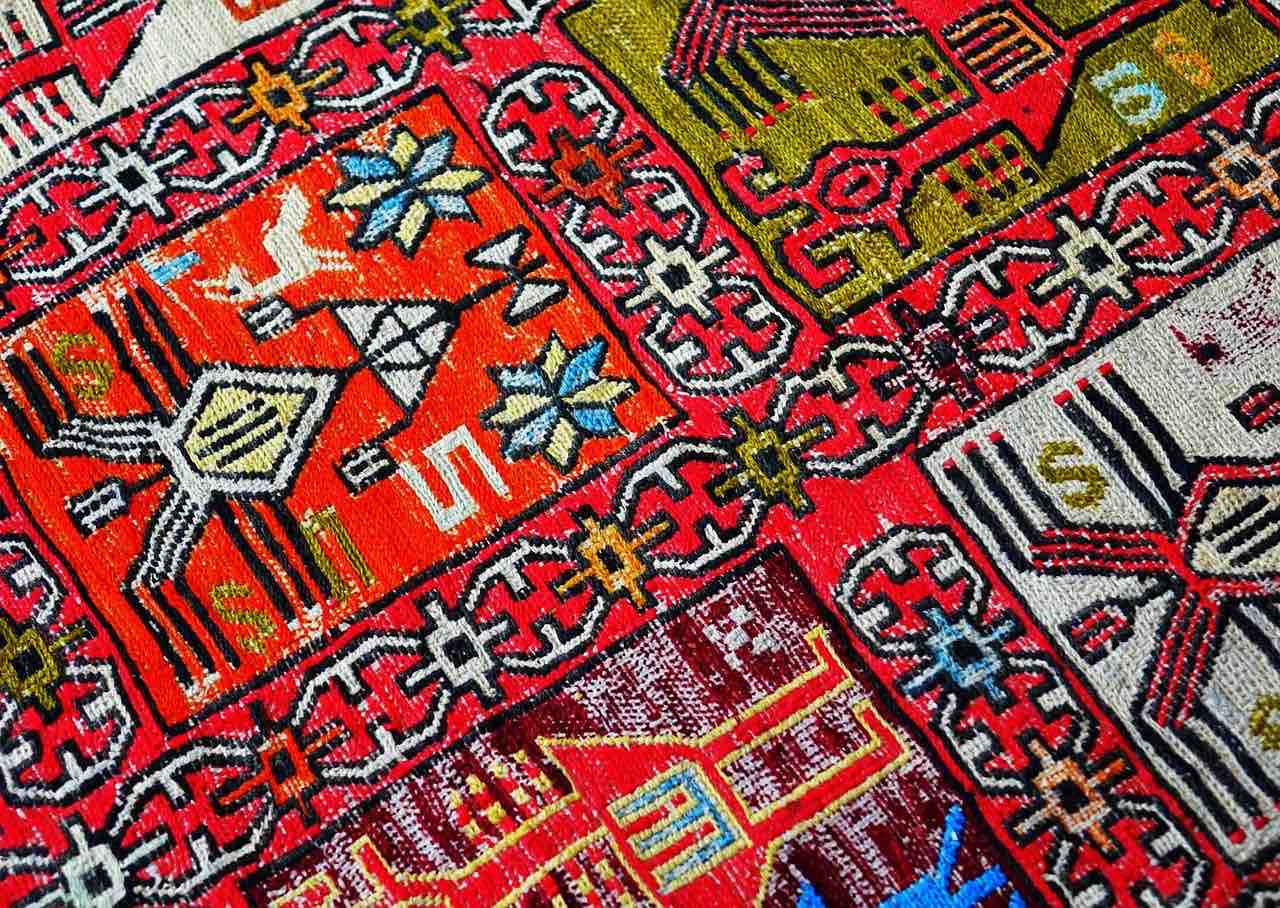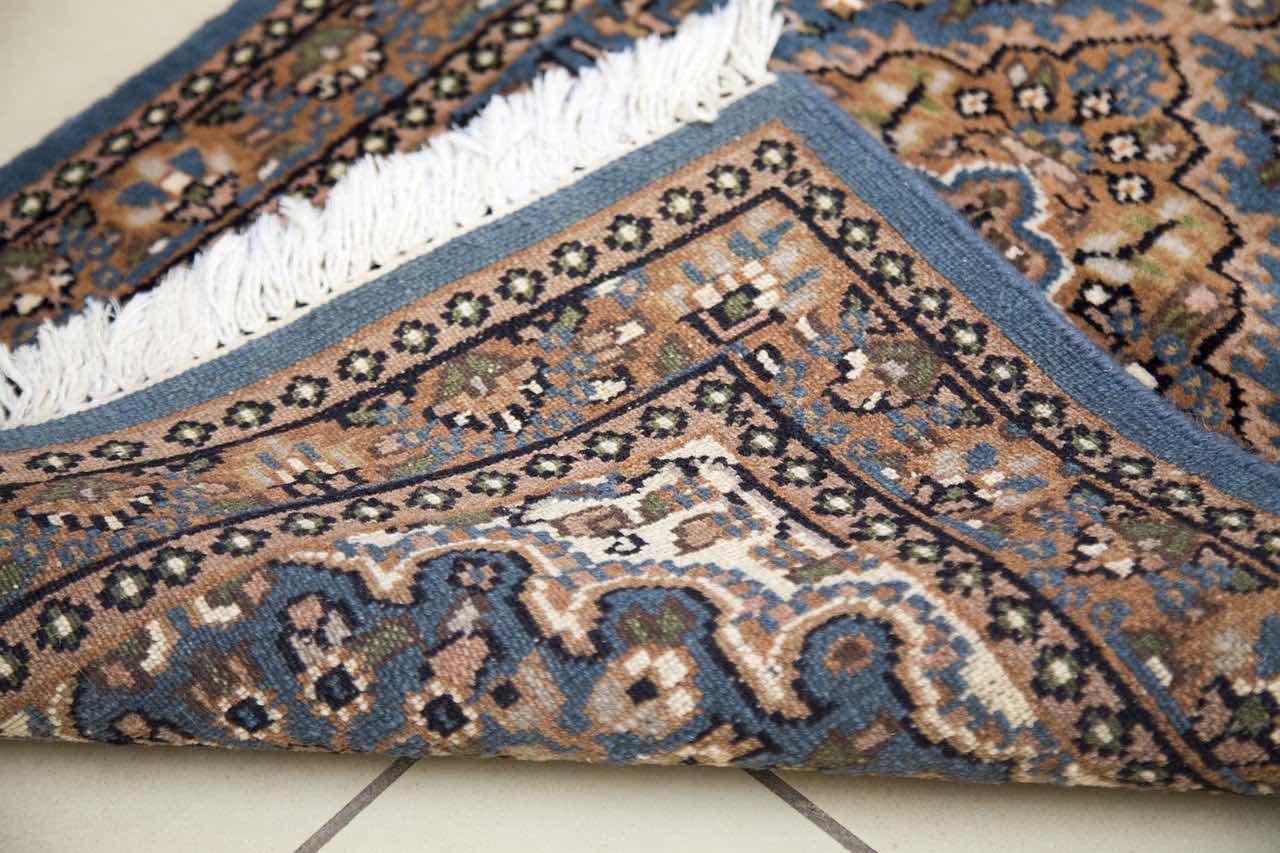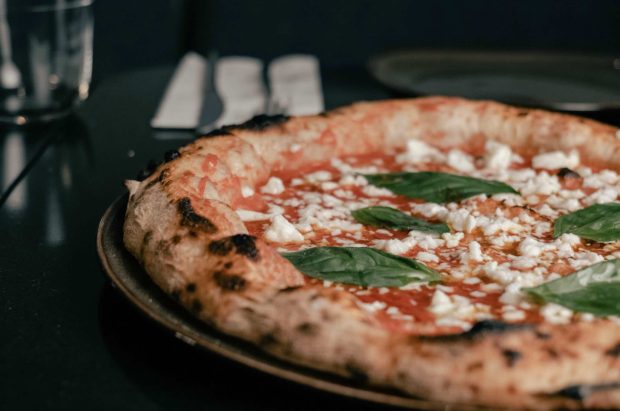Buying a Persian carpet may seem like a daunting process. With many vendors in the market today, it’s difficult to tell who sells original from those that sell counterfeit Persian rugs. Not to mention, there are many designs and patterns. Thus, choosing which type you like can be overwhelming. Fortunately, with some background information about how this carpet should look and feel, you’ll be able to buy the perfect Persian carpet for your home. We spoke to Niels Larssen a leading Interior design consultant and owner of Persian and Modern Rugs and Kalusto Furniture. He offered these great money-saving tips for buying Persian rugs.
Number of Knots
Persian rugs are traditional mats that are woven on a loom. Therefore, the knot count is an essential feature to look out for. High quality rugs will have 120 plus knot counts. Buyers should check these knots from the underside. Of course, counting them one by one can be difficult. But, by checking the carpet’s underside, you’ll determine whether it has a good knot count. A handmade Persian has a soft back with bigger knots, while machine made carpets don’t have perfect knot uniformity.
The Material
Original Persians are made from wool, silk or by blending these two. Pure silk carpets have a shiny finish. However, most weavers use wool as it’s readily available. Note that the wool’s quality is affected by the sheep’s breed it came from and shearing time. But even so, individuals shouldn’t mistake these with flammable low-quality synthetic fibres or carpets made by machines.
Colour
Weavers use natural dyes when creating Persian mats. Thus, it’s essential that individuals lookout for colours that look like nature-filled including indigo plant, cochineal insects, pomegranate rinds for blue, red and yellow shades, respectively. While natural dyes coat the carpet’s surface properly, synthetic ones will penetrate through fibres. If you notice unevenness in a rug’s colour, then you’re dealing with natural dyes.
These three are essential things to look at when shopping for Persian carpets. Now, let’s take a look at other things that one should also consider.
Budget
Persian rugs are undoubtedly expensive. Prices will depend on factors like which material was used, size, country of origin, etc. Silk rugs for instance, are pricier since obtaining them is not easy. But, since wool is readily available, carpets may cost cheaper. Also, rugs from certain countries are more expensive. For example, Turkish-made carpets are pricier than those made in India. For these reasons, it’s wise that one works with a budget. Determine how much you’re willing to spend on your rug and revolve around that budget when shopping around.
Purpose
How are you planning to use your carpet? Although many people place their rugs in the living room, you’ll be surprised that individuals use them for other things. Persian rugs are decorative pieces. Thus, they should mostly serve decorative purposes. But, since silk mats are not so much stress resistant, they are better off when hanged on walls. Woollen mats, on the other hand, are durable and can handle much foot traffic for years without showing distress signs. They thus serve as excellent floor mats.
Pattern
Since Persian rugs are handmade, they don’t have similar patterns. Each is designed by a skilled artist who has different inspirations. Therefore, understanding varieties will help you decide which rug will match best with your interior décor. It’ll also help you differentiate original mats from counterfeit ones. Patterns may be traditional, geometric, floral or paisley, depending on which side of Iran the carpet came from.
Conclusion
Persian rugs are considered exceptional pieces of art. If well cared for, they can be passed to different generations. However, as these carpets are not cheap, it’s best you ensure that you are investing in the right one. Therefore, take your time, don’t be in a rush. Ensure that you visit many stores before deciding.








